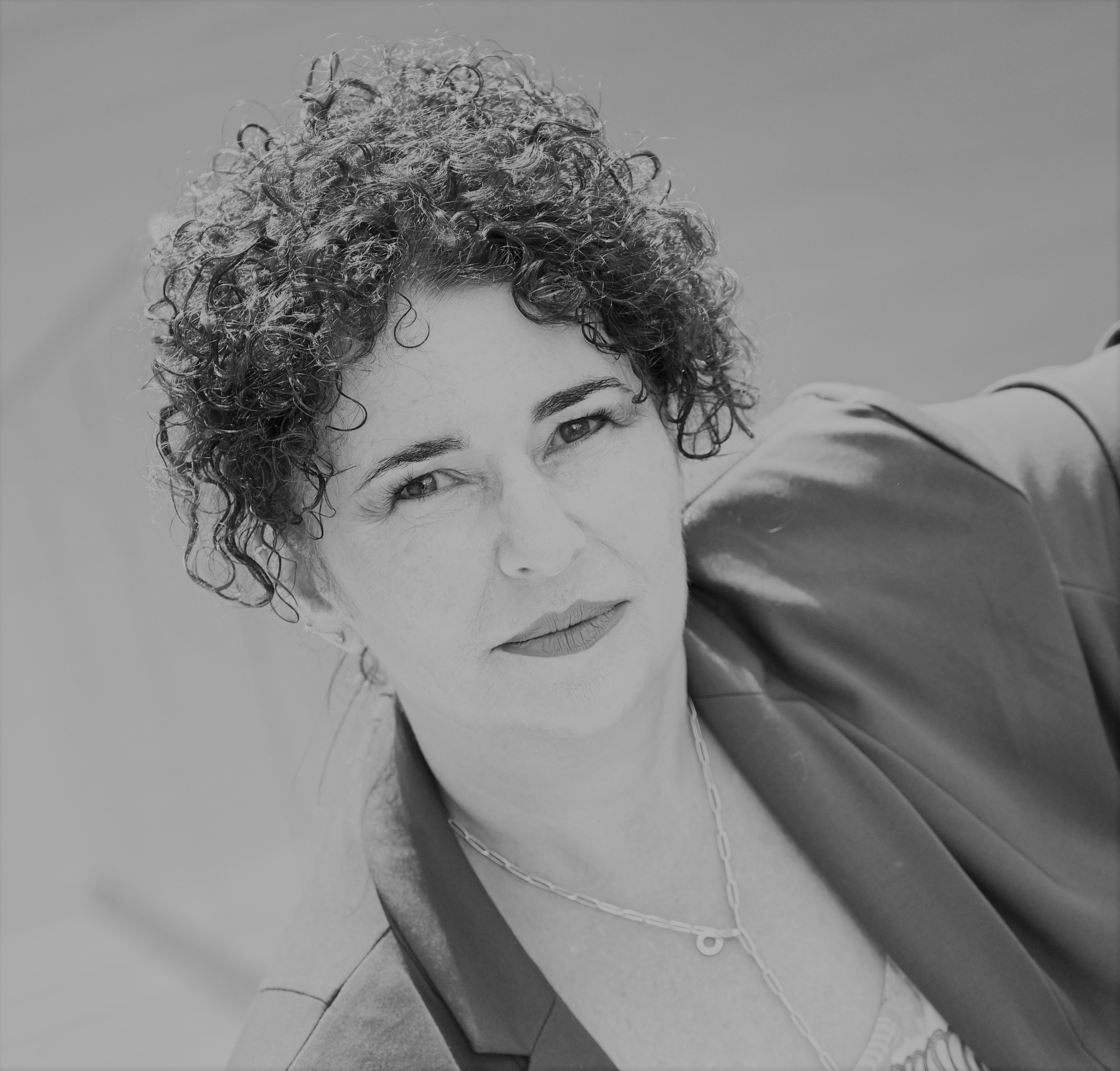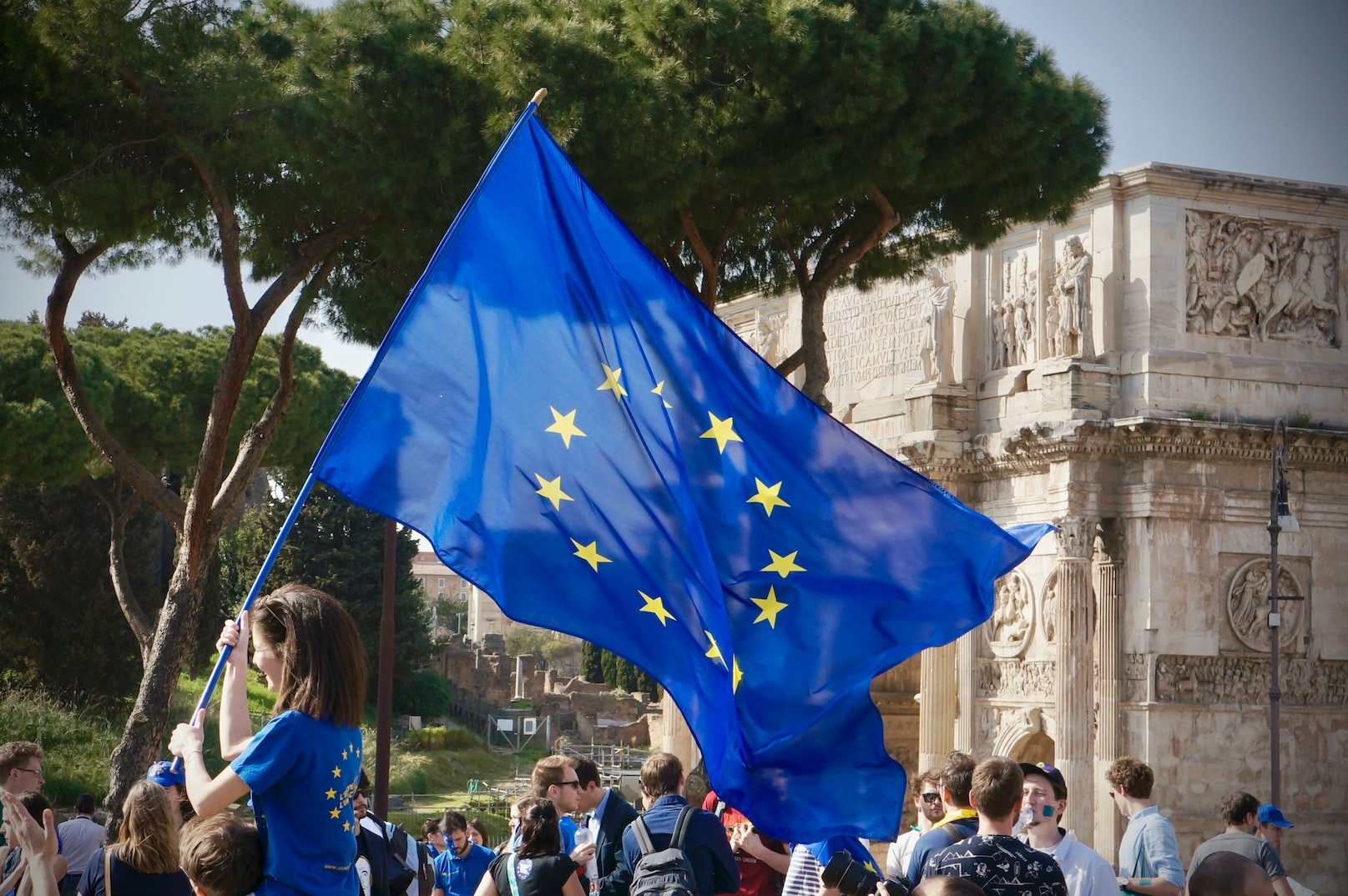Our world population consumes 110 billion tonnes of materials a year and wastes over 90 percent of them. Only 7.2 percent of those materials make it back into our economy and, according to the Circularity Gap Report, it is getting worse. This calls into question our system’s ability to efficiently meet the demand in the long run and will mean resource scarcity for future generations.
One of the best solutions to reverse this dangerous trend and ensure the EU’s development is the circular economy. Fortunately, more and more governments, businesses and consumers are seeing its benefits and the need to step up efforts in this direction, despite or even because of the current challenges.
The circular economy’s role in achieving the Green Deal represents, for instance, an excellent opportunity for European industry. The momentum and money dedicated to the green transition should be used to build a sustainable, just and inclusive future for Europe. The required systemic transformation of our economy needs to go hand in hand with innovative practices.
Towards a sustainable production and consumption
Circularity through sustainable production and consumption is already happening on the ground. We have companies producing circular mobile phones; as consumers, we can shop both online and in bricks-and-mortar spaces dedicated to selling circular products. We can also find European projects that promote innovative solutions for sustainable tourism.
At the legislative level, the Ecodesign Regulation is a step forward. This regulation introduces some key requirements regarding durability, reparability, recycling, environmental impact and CO2 emissions.
In shaping the demand for products and services, companies and customers both play a key role. Customers should be able to get clear, relevant, easily-available information. The Right to repair and the affordability will play an increasingly important role in the future. The transition to a circular economy represents a challenge for most producers and businesses, especially for small and medium-sized enterprises (SMEs), which must be supported in the process.
From Europe to the World
The European Economic and Social Committee believes that considerable scope should be given to public and private players at grassroots level, helping them seize new opportunities by developing public-private partnerships. The circular economy can, for instance, harness climate impact as a business model and not as a cost. This is an opportunity for civil society as it can help increase the competitiveness of European industry, promote sustainable economic growth and development, and generate new jobs.
To accelerate the transition to a circular economy, the European Economic and Social Committee and the European Commission jointly created the European Circular Economy Stakeholder Platform (ECESP). This helps to drive, guide and scale up strategies and practices that regenerate our economy. I am proud that the EESC, who represents organised civil society at the EU level, helped create this vibrant community to exchange experiences.
Being committed to sustainability is not enough. The EU can make a difference globally through its efforts to make products more sustainable. Recognised as a true circular leader, the European Union has a duty to ensure a true level playing field whereby competitors – be they within or beyond Europe – must adhere to the same environmental and social standards. That is why global stakeholders must be involved if we want to develop a truly circular world.
Image: Antoine Schibler (Unsplash)



